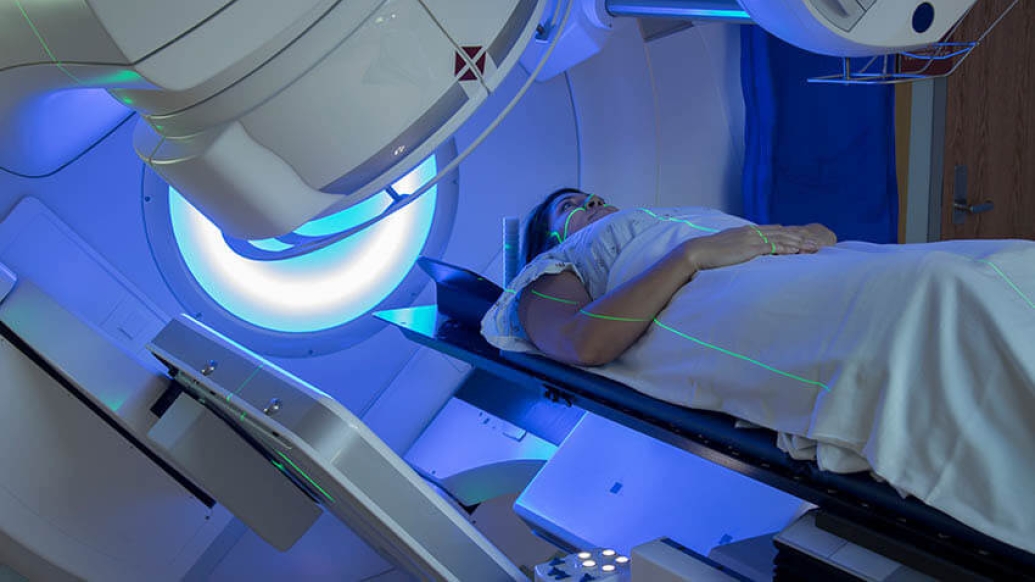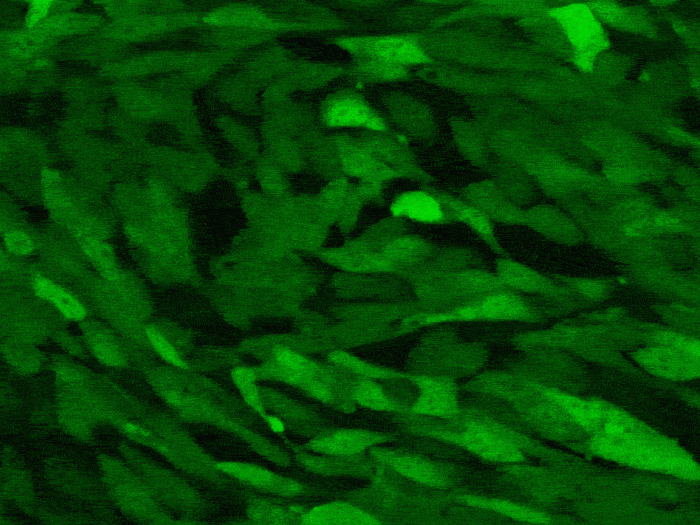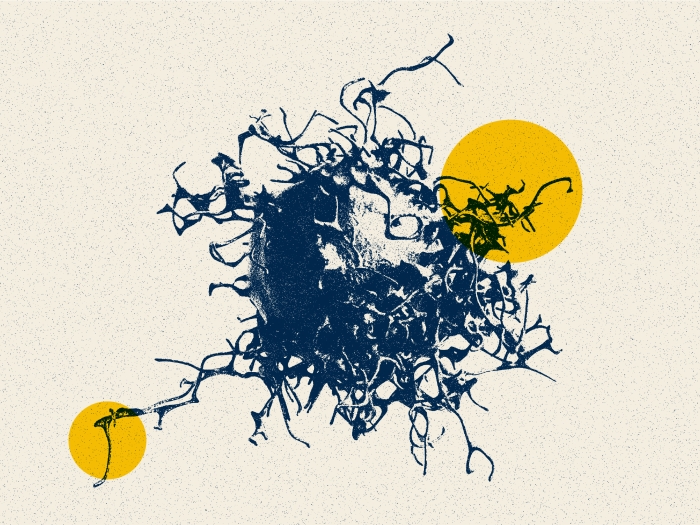A new study finds that significant symptoms in young and Black patients are more likely to be under-recognized.
9:00 AM
Author |

Physicians did not recognize side effects from radiation therapy in more than half of breast cancer patients who reported a significant symptom, a new study finds.
The study compared reports from 9,941 patients from practices across the state of Michigan who received radiation therapy following lumpectomy. Patients filled out standard symptom reporting tools for four common side effects during their radiation treatment: pain, itchy skin, swelling and fatigue. At the same time, physicians assessed patients' symptoms using a standardized tool called the Common Toxicity Criteria for Adverse Events.
LISTEN UP: Add the new Michigan Medicine News Break to your Alexa-enabled device, or subscribe to our daily updates on iTunes, Google Play and Stitcher.
Researchers compared these two sets of symptom reports and found incidences where physicians reported no issue even though patients reported substantial concerns. This under-recognition occurred in 31% of patients reporting pain, 37% of patients with itchy skin, 51% of patients with swelling and 19% of patients with fatigue.
"Physicians sometimes miss when their patients are having substantial symptoms. Recognizing side effects is critical for physicians to provide supportive care to help patients manage their symptoms," says study author Reshma Jagsi, M.D., D.Phil., Newman Family Professor and deputy chair of radiation oncology at Michigan Medicine.
Recognizing side effects is critical for physicians to provide supportive care to help patients manage their symptoms.Reshma Jagsi, M.D., D. Phil.
Jagsi will present the findings at the 2020 San Antonio Breast Cancer Symposium. The study included 29 practices throughout Michigan as part of the Michigan Radiation Oncology Quality Consortium, a collaborative quality initiative funded by Blue Cross Blue Shield of Michigan and the Blue Care Network.
The study found that side effects were more likely to be missed in younger patients and Black patients, suggesting that better methods to detect symptoms in these patients could help reduce disparities in patient experiences and outcomes.
"If physicians are less likely to pick up on symptoms that Black patients are experiencing, this might help explain why their symptoms become so severe and also might guide us toward interventions to reduce race-based disparities in experiences of cancer treatment," says Jagsi, a member of the University of Michigan Rogel Cancer Center.
The team proposes additional research to understand why certain populations are more likely to have symptoms missed and how to overcome any issues of misconceptions or mistrust between patients and providers.
MORE FROM MICHIGAN: Sign up for our weekly newsletter
"Patient-reported outcomes provide an important complement to physician evaluations. Improving symptom detection may be a targetable mechanism to reduce disparities in cancer treatment experiences and outcomes, at least in the setting of breast radiation therapy," Jagsi says.
Additional authors are Kent A. Griffth, Frank Vicini, Thomas Boike, Michael
Dominello, Gregory Gustafson, James A. Hayman, Jean M. Moran, Jeffrey Radawski, Eleanor Walker and Lori J. Pierce.
MROQC is funded by Blue Cross Blue Shield of Michigan and the Blue Care Network as part of the BCBSM Value Partnership program.

Explore a variety of healthcare news & stories by visiting the Health Lab home page for more articles.

Department of Communication at Michigan Medicine
Want top health & research news weekly? Sign up for Health Lab’s newsletters today!





